Why Visual Storytelling Is Essential for Cinematography Success
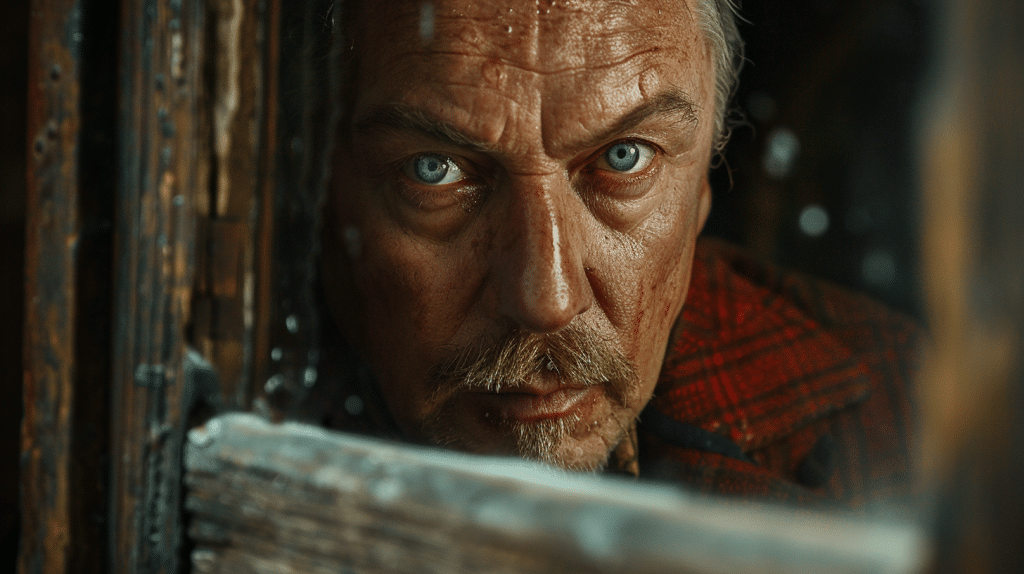
Mastering visual storytelling is essential for achieving success in cinematography, as it infuses each frame with elements like shot composition, color palette, and camera movement to craft a compelling narrative.
Lighting choices dramatically impact the mood and emotional resonance of a film, while composition skillfully manipulates visual elements to intensify emotions.
Colors strategically chosen can enhance themes and evoke powerful connections with viewers, creating a deeper layer of storytelling.
By delving into visual metaphors and utilizing techniques that engage the audience’s emotions, cinematographers can elevate their work to create a truly unforgettable cinematic experience.
Table of Contents
Importance of Visual Storytelling in Cinematography

When delving into visual storytelling, consider the framing of your shots. The way you position your subjects within the frame can communicate their relationships, power dynamics, and emotions.
Additionally, the use of color can enhance the mood and tone of a scene, guiding the viewer’s perception and understanding of the narrative.
Furthermore, the movement of the camera can greatly impact how the story unfolds. Whether it’s a slow tracking shot to build tension or a quick pan to reveal an important detail, each camera movement should be intentional and serve a purpose in advancing the storytelling.
In essence, visual storytelling in cinematography is the art of using visual elements to convey meaning and evoke feelings in the audience. Mastering this art form is key to creating memorable and immersive cinematic experiences.
Impact of Lighting on Storytelling
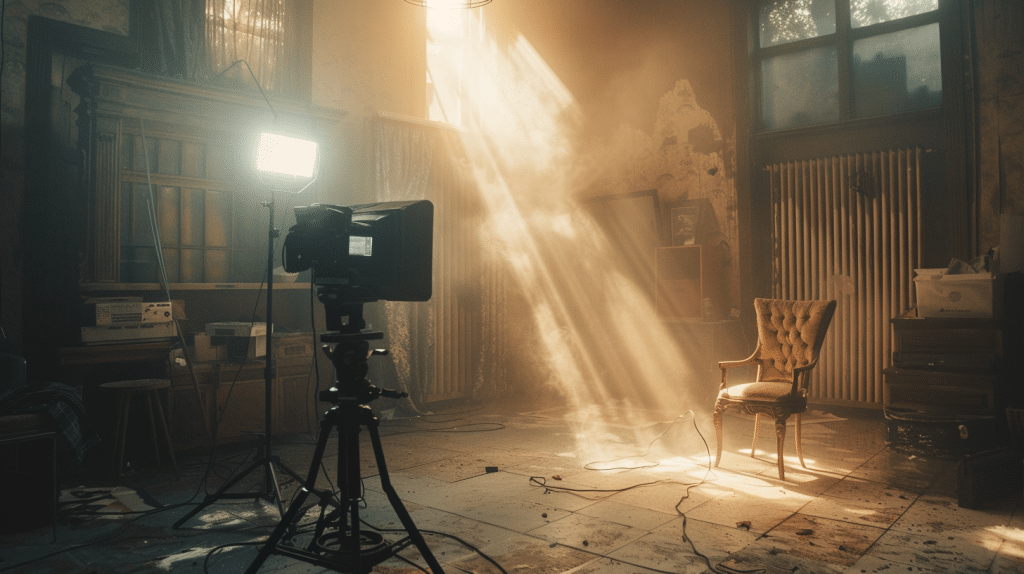
Lighting in cinematography is a powerful tool that greatly shapes the narrative and emotional impact of a film. The way light is used in a scene can evoke different moods, convey symbolism, and direct the viewer’s focus.
For instance, harsh lighting with deep shadows can create a sense of tension or mystery, while soft, diffused light can evoke a feeling of warmth or intimacy.
The color temperature of light can also play a significant role in setting the tone of a scene; warm tones often create a cozy or nostalgic atmosphere, whereas cool tones can instill a sense of detachment or unease.
In addition, the direction of light can emphasize certain elements within the frame, guiding the audience’s interpretation of the story. By strategically placing light sources, cinematographers can highlight key aspects of a character’s emotions or actions, leading viewers to subconsciously react in a particular way.
Mastering the art of lighting is essential for conveying the intended message and eliciting the desired emotional response from the audience.
Role of Composition in Conveying Emotions

Within the domain of cinematography, the organization of visual elements in a frame plays an essential role in evoking and intensifying emotions within the audience.
Composition, encompassing aspects like framing, symmetry, balance, and perspective, serves as a powerful tool for cinematographers to manipulate the viewer’s emotional response to a scene.
The positioning of characters or objects within the frame can create a sense of harmony or discord, directly impacting how the audience perceives the relationships between them. For example, a character placed off-center in a shot may evoke feelings of unease or imbalance, while a centered composition can convey stability or focus.
Additionally, the use of leading lines or framing devices can guide the viewer’s attention and reinforce the mood of a scene.
Enhancing Themes Through Color Choices

To amplify the underlying themes of a film, cinematographers strategically employ color choices as a potent tool for visual storytelling.
Colors hold immense power for evoking emotions and conveying messages without the need for words. By carefully selecting a color palette that aligns with the themes of the narrative, cinematographers can enhance the viewer’s understanding and emotional connection to the story being told.
Color choices can be used to symbolize concepts or characters, create contrast between different elements, and set the overall mood of a scene. For example, warm tones like reds and oranges may be used to convey passion or intensity, while cool blues and greens can evoke feelings of calmness or melancholy.
The juxtaposition of complementary or clashing colors can also add layers of complexity to the storytelling, hinting at underlying tensions or harmonies within the plot.
Creating Visual Metaphors for Deeper Meaning
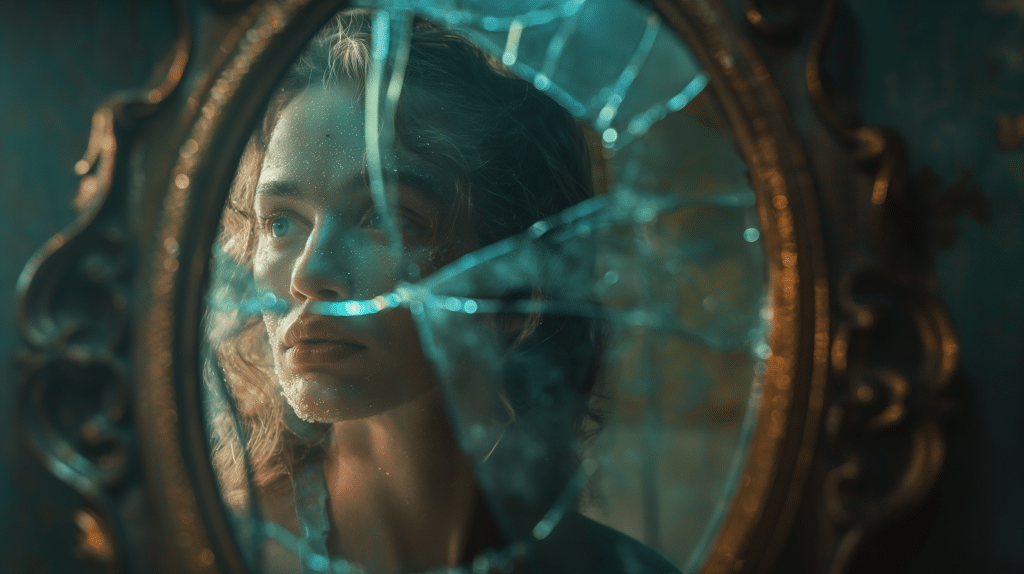
Crafting visual metaphors in cinematography involves infusing deeper layers of meaning into the visual storytelling canvas, enriching the audience’s experience and interpretation of the narrative.
Here are four key aspects to contemplate when creating visual metaphors for deeper significance:
- Symbolism: Utilize symbols or objects that represent abstract ideas or concepts to convey a deeper message to the audience. For example, a broken mirror could symbolize a character’s fractured sense of self.
- Visual Juxtaposition: Contrast two visually distinct elements within the frame to create a metaphorical relationship between them. This technique can evoke strong emotions and emphasize thematic elements in the story.
- Lighting and Shadows: Manipulate light and shadow to symbolize internal struggles, moral dilemmas, or shifts in a character’s journey. The interplay of light and dark can enhance the metaphorical depth of the visuals.
- Recurring Motifs: Establish recurring visual motifs throughout the film to reinforce thematic elements and create a cohesive visual language. Consistent motifs can subtly guide the audience’s interpretation and understanding of the narrative’s underlying messages.
Building Atmosphere Through Visual Elements
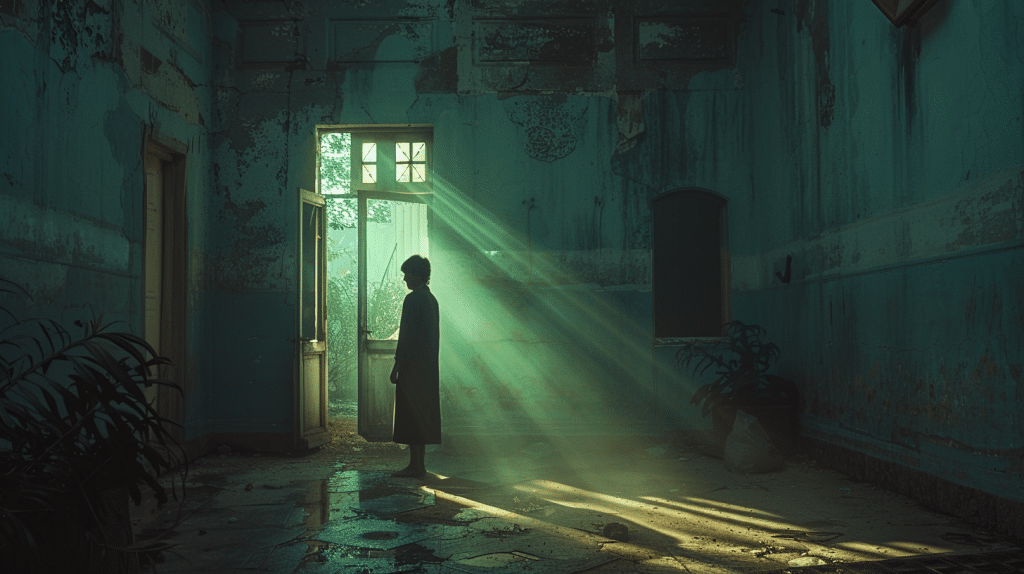
Building atmosphere through carefully selected visual elements is a fundamental aspect of cinematography that deeply influences the viewer’s perception and engagement with the narrative.
Every scene is an opportunity to immerse the audience in the mood and tone of the story. By strategically choosing elements such as lighting, color palette, set design, and framing, cinematographers can create a palpable atmosphere that resonates with viewers on a subconscious level.
Lighting plays a vital role in setting the mood of a scene. Whether it’s essential lighting to convey tension or soft, diffused light for a romantic setting, the way light is used can evoke specific emotions within the audience.
Additionally, color palettes can subconsciously communicate feelings and themes. Warm colors may create a sense of comfort or nostalgia, while cooler tones can evoke a feeling of isolation or melancholy.
Set design and framing also contribute significantly to building atmosphere. The choice of locations, props, and how they’re arranged within the frame can enhance the narrative’s emotional impact.
By paying attention to these visual elements, cinematographers can effectively transport viewers into the world of the story, making the viewing experience more immersive and memorable.
Visual Storytelling Techniques for Character Development

Immersing viewers in the intricacies of a character’s journey relies heavily on employing visual storytelling techniques that illuminate their motivations and inner conflicts.
To achieve compelling character development through cinematography, consider the following techniques:
- Symbolic Imagery: Use visual symbols that represent the character’s traits or emotions to deepen the audience’s understanding. For instance, a character struggling with inner demons could be framed with shadows or reflections symbolizing their internal conflict.
- Color Grading: Utilize color schemes to evoke specific emotions or convey character traits. Warm tones may suggest passion or aggression, while cool tones can indicate calmness or sadness.
- Composition: Experiment with framing and shot angles to reflect the character’s mindset. For example, a character feeling trapped or overwhelmed could be framed in tight, claustrophobic shots.
- Visual Progression: Show character development visually by changing lighting, wardrobe, or surroundings as the character evolves. This progression helps the audience connect with the character’s arc on a deeper level.
Evoking Emotions Through Visual Cues
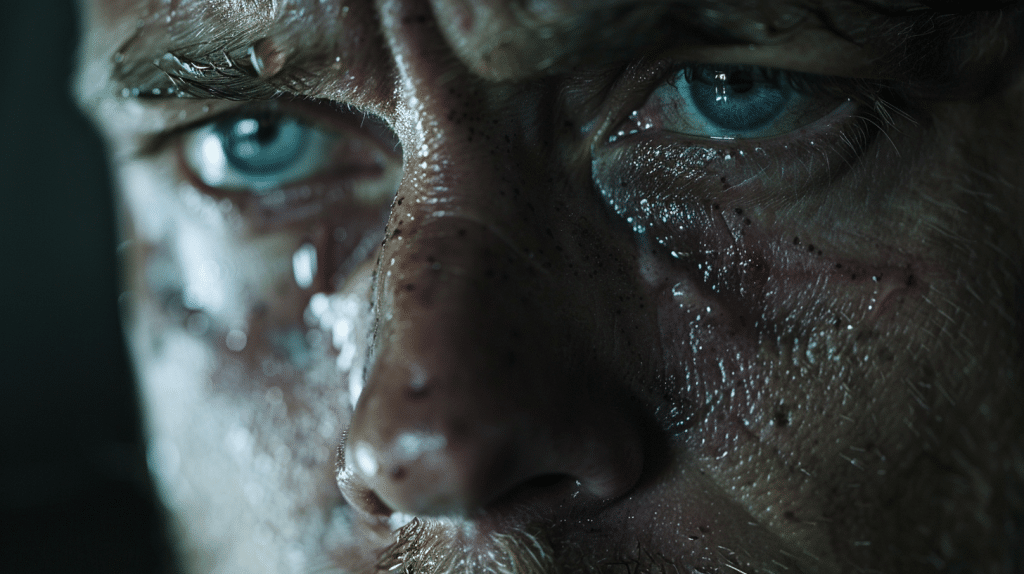
To evoke powerful emotions in your audience through visual cues, cinematographers must skillfully manipulate lighting, framing, and visual elements to create a visceral and impactful viewing experience.
Lighting plays a vital role in setting the mood of a scene. By using contrasting light and shadow, cinematographers can create a sense of tension or mystery, while soft lighting can evoke warmth and intimacy.
The way a scene is framed can also greatly influence the viewer’s emotional response. Framing a character in a tight close-up can convey their vulnerability or intensity, while a wide shot can emphasize their isolation or insignificance in a vast space.
Visual elements such as color palette and composition further enhance the emotional impact of a film. Warm colors like red and orange can evoke passion or anger, while cool colors like blue and green can convey calmness or sadness.
The composition of a shot, including the placement of objects and characters within the frame, can guide the viewer’s attention and create a sense of imbalance or harmony.
Engaging the Audience Through Visual Storytelling
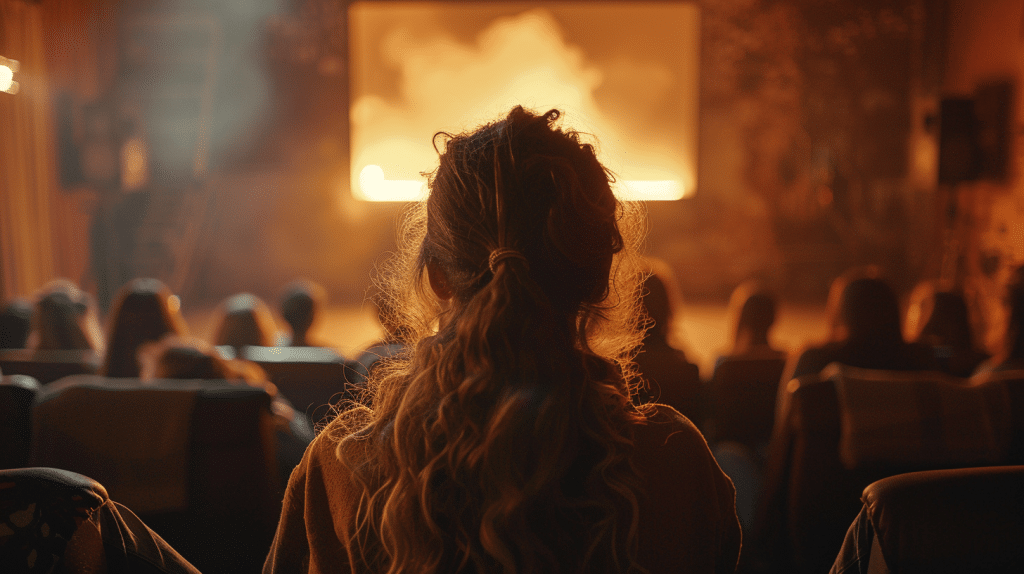
Engage your audience effectively through the art of visual storytelling by strategically weaving together compelling imagery and narrative elements to captivate and immerse viewers in an unforgettable cinematic experience.
When aiming to engage your audience through visual storytelling, consider the following key strategies:
- Create Visual Cohesion: Guarantee that each frame contributes cohesively to the overall narrative, maintaining a consistent visual style that enhances the storytelling experience.
- Utilize Symbolism: Integrate symbolic imagery that resonates with viewers on a deeper level, adding layers of meaning and fostering emotional connections.
- Masterful Composition: Pay attention to the composition of each shot, using techniques like leading lines, framing, and balance to guide the viewer’s gaze and evoke specific emotions.
- Dynamic Camera Movement: Implement dynamic camera movements to create a sense of energy and immersion, enhancing the audience’s connection to the story unfolding on screen.
Elevating the Overall Film Experience Through Visuals
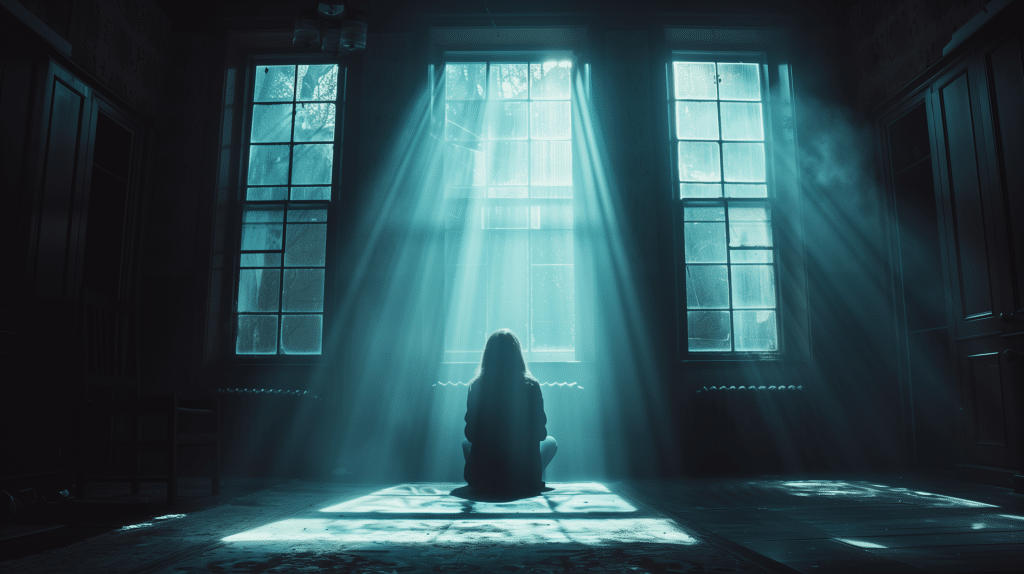
Enhancing the cinematic experience relies heavily on the adept utilization of visual elements to evoke emotions and immerse viewers in the narrative world.
The power of visuals lies in their ability to transcend language and cultural barriers, speaking directly to the viewer’s emotions and subconscious.
By skillfully employing color palettes, lighting techniques, framing, and camera movements, filmmakers can create a rich tapestry of visuals that enhance the storytelling experience.
Visual storytelling not only serves to complement the narrative but also elevates it to new heights. Through the strategic use of visual metaphors, symbolism, and motifs, filmmakers can add layers of depth and meaning to their films, inviting viewers to engage on a deeper level.
Visuals also have the unique ability to evoke mood and atmosphere, setting the tone for the entire film and guiding the audience’s emotional journey.
In essence, the art of visual storytelling is a powerful tool that filmmakers can wield to craft immersive and unforgettable cinematic experiences.
When visuals are used thoughtfully and purposefully, they have the potential to transport viewers to new worlds, evoke powerful emotions, and leave a lasting impact long after the credits roll.
Frequently Asked Questions
Why is visual storytelling important in cinematography?
Visual storytelling is crucial in cinematography as it conveys the narrative through images, creating an emotional connection with the audience.
It involves the strategic use of shot composition, lighting, color, and camera movement to enhance the storytelling.
By focusing on visual elements, filmmakers can convey complex emotions and themes, making the story more engaging and memorable.
How does lighting affect visual storytelling in film?
Lighting significantly impacts the mood and emotional tone of a scene in cinematography.
Harsh lighting with deep shadows can create tension or mystery, while soft, diffused lighting evokes warmth or intimacy.
The direction and color temperature of light also play a role, guiding viewers’ focus and enhancing the narrative’s emotional depth.
What role does composition play in conveying emotions in cinematography?
Composition in cinematography involves the arrangement of visual elements within a frame to evoke specific emotions.
Techniques like framing, symmetry, and perspective can manipulate the viewer’s emotional response.
For instance, a character placed off-center may evoke unease, while balanced compositions can convey harmony and stability.
How do color choices enhance themes in cinematography?
Color choices in cinematography are powerful tools for visual storytelling, as they can evoke emotions and reinforce themes without words.
A carefully selected color palette can symbolize concepts, create contrast, and set the overall mood.
Warm tones may convey passion or intensity, while cool tones can evoke calmness or melancholy, adding layers of meaning to the narrative.
What are visual metaphors, and how are they used in cinematography?
Visual metaphors in cinematography involve using symbols and imagery to represent abstract ideas or themes, enriching the narrative.
Techniques such as symbolism, visual juxtaposition, and recurring motifs add depth and complexity to the storytelling.
For example, a broken mirror might symbolize a character’s fractured self, enhancing viewers’ understanding and emotional connection to the story.
Share:
Search our blog:
Follow us on:
